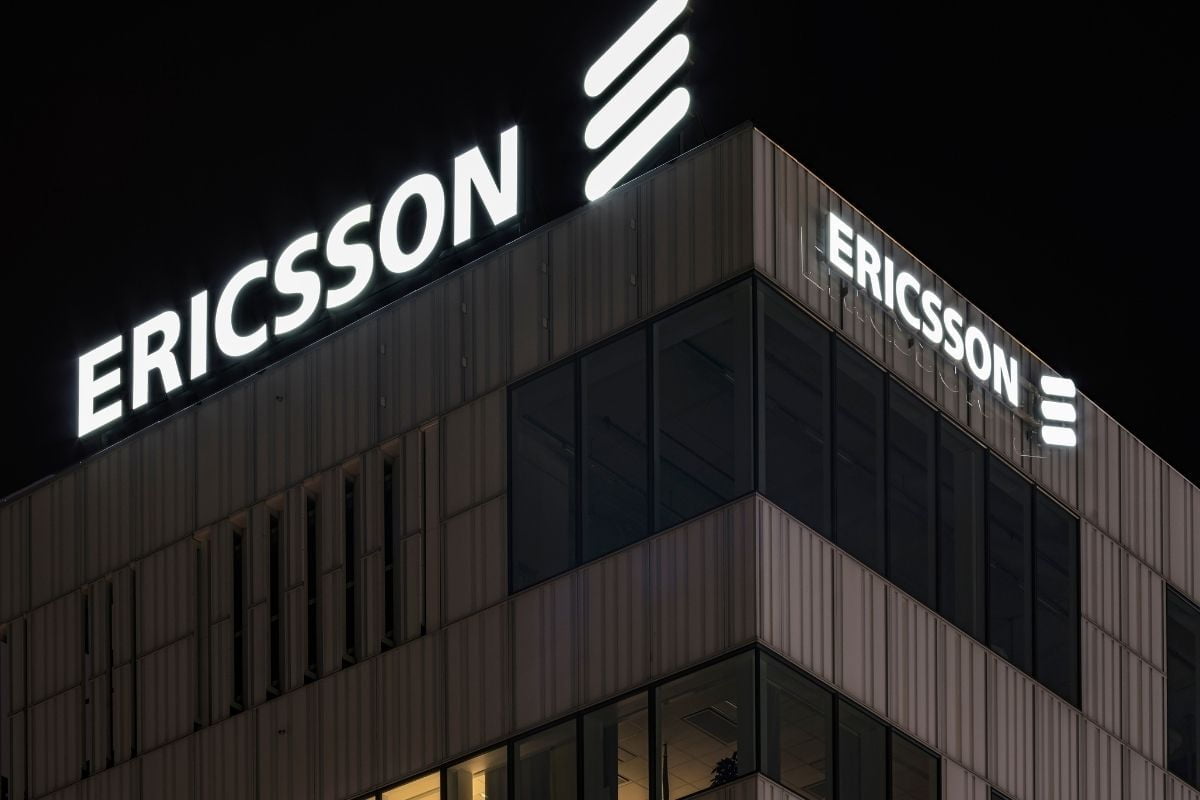As per a top executive of Swedish telecom equipment manufacturer Ericsson, India likely has the greatest digital infrastructure outside of China, which will accelerate the country’s digitization. In an earnings call with analysts, Borje Ekholm, CEO of Ericsson, stated that the 5G cycle has just begun and that less than a quarter of all LTE nodes worldwide had been switched to 5G mid-band. Mid-band frequencies, he continued, are essential for a genuine 5G network to operate as well as it can.
Ericsson Announced a Modified Year-Over-Year Gain of 13%
As per an ET report, in Ekholm’s opinion, India still is a great deal of room for expansion. He merely used India as an example, where mid-band Massive MIMO deployment will be quick. As per Ekholm, India will likely have the greatest internet infrastructure outside of China, which will accelerate the country’s digitisation. The demand for network performance and network infrastructure will continue to be high, he observed, especially in light of the emerging 5G use cases for consumers and enterprises alike, including, for example, fixed wireless access. In South East Asia, Oceania, and India, Ericsson reported a 13% adjusted year-over-year increase in sales to 7.9 billion SEK in the quarter that ended September 30 compared to 6.5 billion SEK in the same quarter last year. As per Ekholm, Ericsson has raised its market share for Radio Access Network (RAN) from 33% to 39% since 2017. (excluding mainland China). The two main telecom operators in India, Reliance Jio and Bharti Airtel, have agreed to purchase 5G equipment from Ericsson and its Finnish rival Nokia in the most recent quarter. Airtel has agreed to multi-year contracts for 5G equipment worth $2.5 billion, or more than Rs 19,750 crore, with two European vendors receiving a combined 90% of the value and South Korean company Samsung the remaining 20%. Jio, on the other hand, has kept the specifics of the arrangement a secret. The company’s acquisition of Vonage, according to the top Ericsson executive, will assist it to meet the demands for web conferencing, extended reality (XR), and virtual reality (VR). Jio and Airtel paid Rs 88,078 crore and Rs 43,084 crore, respectively, to purchase airwaves in the low-band, mid-band (3300MHz), and high-band at India’s first 5G spectrum sale. In comparison, cash-strapped Vodafone Idea paid Rs 18,799 crore for spectrum in the 3300MHz and 26GHz bands. The chief executive made comments about use cases that would be driven by fifth-generation networks and said that commercial fixed wireless (FWA) is gaining popularity, particularly in North America.
